Potrebujeme váš súhlas na využitie jednotlivých dát, aby sa vám okrem iného mohli ukazovať informácie týkajúce sa vašich záujmov. Súhlas udelíte kliknutím na tlačidlo „OK“.
ASTM G206-11
Standard Guide for Measuring the Wear Volumes of Piston Ring Segments Run against Flat Coupons in Reciprocating Wear Tests
Automaticky preložený názov:
Štandardné Guide pre meranie opotrebovania Objemy segmenty piestne krúžok Beh proti Ploché kupóny v piestových Používajte testy
NORMA vydaná dňa 1.5.2011
Informácie o norme:
Označenie normy: ASTM G206-11
Poznámka: NEPLATNÁ
Dátum vydania normy: 1.5.2011
Kód tovaru: NS-57601
Počet strán: 4
Približná hmotnosť: 12 g (0.03 libier)
Krajina: Americká technická norma
Kategória: Technické normy ASTM
Kategórie - podobné normy:
Anotácia textu normy ASTM G206-11 :
Keywords:
cylinder liner, piston ring, wear measurement, Cylinder liner materials, Measurement processes/systems, Piston rings, Wear and wear life, ICS Number Code 21.140 (Seals, glands)
Doplňujúce informácie
| Significance and Use | ||||
|
The practical life of an internal combustion engine is most often determined by monitoring its oil consumption. Excessive oil consumption is cause for engine repair or replacement and can be symptomatic of excessive wear of the piston ring or the cylinder bore or both. More wear-resistant materials of construction can extend engine life and reduce cost of operation. Although components made from more wear-resistant materials can be tested in actual operating engines, such tests tend to be expensive and time consuming, and they often lead to variable results because of the difficulty in controlling the operating environment. Although bench-scale tests do not simulate every aspect of a fired engine, they are used for cost-effective initial screening of candidate materials and lubricants. The test parameters for those tests are selected by the investigator, but the end result is a pair of worn specimens whose degree of wear needs to be accurately measured. The use of curved specimens, like segments of crowned piston rings, presents challenges for precise wear measurement. Weight loss or linear measurements of lengths and widths of wear scars may not provide sufficient accuracy to discriminate between small differences in wear. This guide is intended to address that problem. |
||||
| 1. Scope | ||||
|
1.1 This guide covers and describes a profiling method for use accurately measuring the wear loss of compound-curved (crowned) piston ring specimens that run against flat counterfaces. It does not assume that the wear scars are ideally flat, as do some alternative measurement methods. Laboratory-scale wear tests have been used to evaluate the wear of materials, coatings, and surface treatments that are candidates for piston rings and cylinder liners in diesel engines or spark ignition engines. Various loads, temperatures, speeds, lubricants, and durations are used for such tests, but some of them use a curved piston ring segment as one sliding partner and a flat or curved specimen (simulating the cylinder liner) as its counterface. The goal of this guide is to provide more accurate wear measurements than alternative approaches involving weight loss or simply measuring the length and width of the wear marks. 1.2 This standard does not purport to address all of the safety concerns, if any, associated with its use. It is the responsibility of the user of this standard to establish appropriate safety and health practices and determine the applicability of regulatory limitations prior to use. |
||||
| 2. Referenced Documents | ||||
|
Podobné normy:
Historická
1.11.2011
Historická
1.11.2007
Historická
1.3.2010
Historická
1.1.2013
Historická
1.4.2011
Historická
1.4.2010
Odporúčame:
Aktualizácia zákonov
Chcete mať istotu o platnosti využívaných predpisov?
Ponúkame Vám riešenie, aby ste mohli používať stále platné (aktuálne) legislatívne predpisy
Chcete vedieť viac informácií ? Pozrite sa na túto stránku.


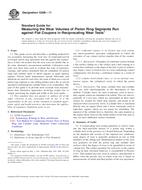
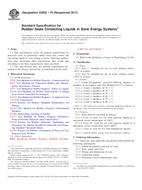 ASTM D3832-79(2011)..
ASTM D3832-79(2011)..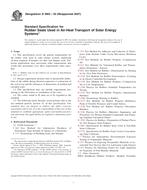 ASTM D3903-03(2007)..
ASTM D3903-03(2007)..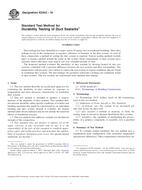 ASTM E2342-10
ASTM E2342-10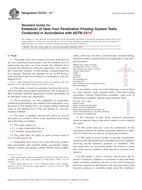 ASTM E2750-13e1
ASTM E2750-13e1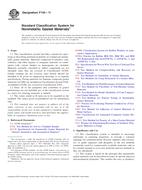 ASTM F104-11
ASTM F104-11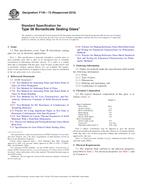 ASTM F105-72(2010)..
ASTM F105-72(2010)..
 Cookies
Cookies
